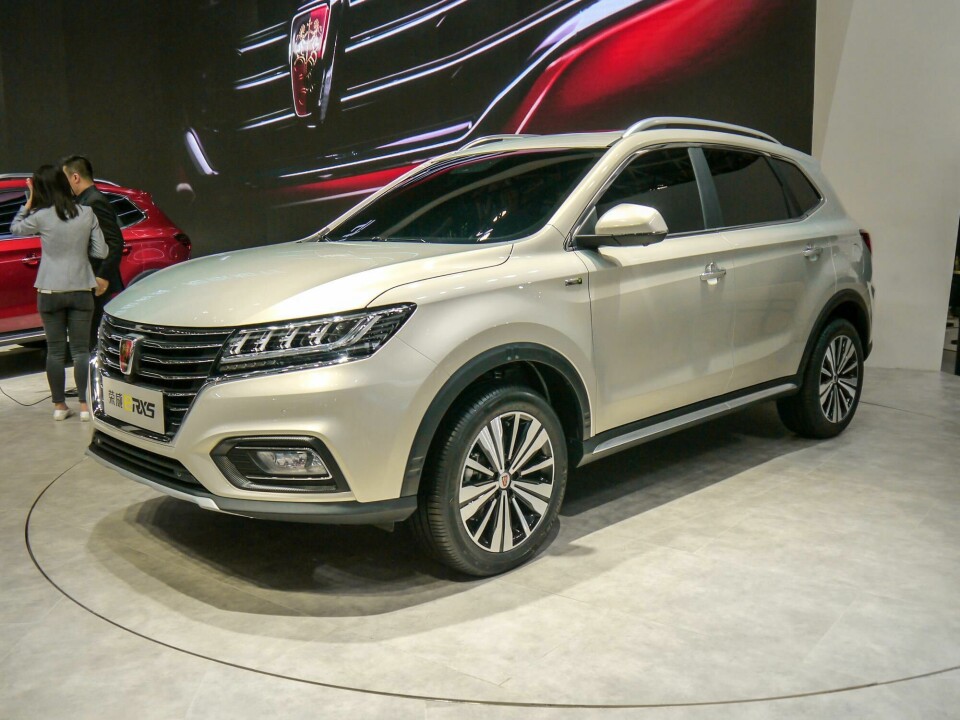
Beijing 2016: A morass of crossovers – the collective noun for China’s new favourite car?
Is design competence killing brand distinction? CDN reports from the Beijing 2016 show
You can chart how far China has come in just a few short years by looking at three new crossovers in Beijing — the Roewe RX5, Cowin X5 and JAC SC5. Each is reasonably handsome, generically inoffensive and ticks all the boxes so far as meeting class expectations about what a car of this segment should be.

Roewe RX5
We are now far beyond the point where you can come to China and see shocking cars, which look outright strange to Western eyes, or cars with what would be considered rudimentary car design mistakes (those that do are mostly models designed years ago but still making up the numbers on show stands). If any of these three SUVs had turned up wearing a badge from a mainstream Japanese or American brand, no one would have raised an eyebrow, and that’s largely a compliment to their design teams.

JAC SC-5
Yet with this competence in design comes a challenge, because China’s crossovers — for the most part — are now blurring into a morass of models that are barely distinct from one another. The USP of each given car is far from clear from a design point of view.
For European, American and Japanese brands there is a long-established brand image and reputation which keeps some customers coming back, but can also make for a straightjacket, design-wise.
For China, the answer is less clear. There’s no straightjacket, but are Chinese brands happy just to be swimming in the same sea as the Europeans, Japanese, Koreans and Americans? Or do they have a desire to go beyond — to create distinct, stand out cars which in time could not just match but better those from other parts of the world?
To do so will require strategic thinking, patience, and the curation of a clear design identity and careful brand-building, over time. Because it’s not the Chinese way to stand out and be daringly different, perhaps this will never happen.
But you can’t help thinking that to take its next step, mainstream Chinese car design needs to find a way to channel some of the quirkiness that has been banished. With trend-leading consumers in Shanghai and Beijing increasingly keen to have bespoke, stand-out products, it could be something to consider.



